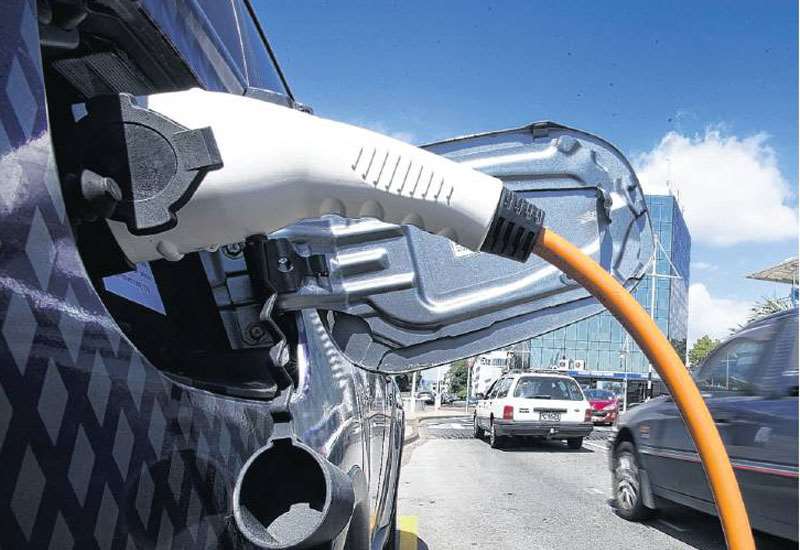This month’s announcement of an upcoming Government scrappage scheme to support lower and middle-income Kiwis to move from petrol to electric cars raises some interesting future challenges for New Zealand’s EV charging infrastructure.
The current infrastructure has evolved to meet the needs of EV owners who are, by-and-large, from middle to upper income backgrounds, and even when not, are at least environmentally conscious early adopters. As such, they typically have both the will and the means to establish viable home-charging facilities wherever they happen to live. They also have the means to make use — where needed — of a commercial charging network.
That commercial network is comprehensive in the South Island now, expect perhaps for those who wish to venture to or up the West Coast. But it is also fragile: a queue of cars at one of the more crucial charge points on a long trip can add hours to a planned journey time, as a friend discovered over Easter; worse still, if just one of those charge points fails, a trip can be completely disrupted.
Further developments in the charging network will doubtless be needed to meet growing long-trip demand. However, if the car scrappage scheme is implemented and has its intended effect, an even greater challenge may be ensuring an adequate network to meet the charging requirements of those who use their EVs mainly for short-haul trips around town.
At present, most EV owners do the bulk of their vehicle charging for short-haul trips at home. It is far cheaper than using commercial chargers, straightforward if you have a garage (or even a carport) with a power outlet, and at its most convenient if you can install a higher-capacity wall box that allows charging at more than trickle speed.
But when, as intended, the EV roll-out reaches lower and lower-middle-income Kiwis, home charging is not going to be even close to universally accessible. Compared to their wealthier counterparts, far fewer lower-income families have access to garaging at home, or own their own homes (which, along with simple affordability, makes installing a wall box charger a less attractive option). For many parking at home is parking on the street, and for a raft of obvious safety and security reasons, running an extension cord out to the street to recharge an EV is not a great idea.
So, what is the charging infrastructure investment required to support a wider uptake of EVs in this country, and who will make it?
Coincidentally, just as I was pondering that question, part of the answer may have been provided by the Australian-based EV charging company JOLT, which announced it is partnering with Mitre 10 to roll out a network of fast chargers around the country,
Starting in Auckland, Wellington and Christchurch and then rolling out more widely, this initiative will provide EV owners with an entitlement to 7kWh of free charging daily, and the ability to charge beyond that at a cost. For a typical EV, adding 7kWh on a JOLT charger will take 20-25 minutes, and will add 40-50km of range.
The JOLT-Mitre 10 initiative isn’t the first EV charging service linked to a major retail outlet here: a number of Warehouse stores across the country already offer free charging, including here in Dunedin, and those chargers are well-patronised.
If such arrangements become even more widespread among major retailers, then they could make a vital contribution to meeting the charge point demand that will be crucial to the much broader uptake of EVs that Government is seeking.
- David Thomson. Photo: New Zealand Herald





